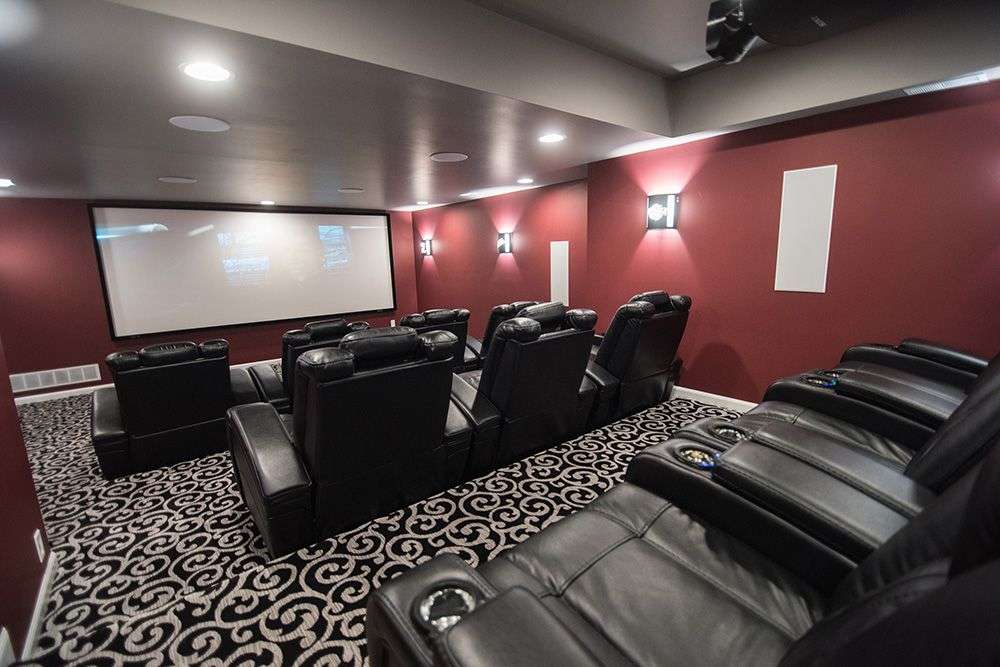Creating the Ultimate Basement Home Theatre: A Comprehensive Guide

Transforming your unused basement into a home theatre can be a rewarding endeavor, providing a dedicated space for entertainment and family gatherings. In this guide, we will explore 9 essential factors to consider when building a basement home theatre, ensuring a seamless and immersive cinematic experience
1.Define the Purpose of the Room: Before diving into the project, carefully consider the primary purpose of your basement home theatre. Whether it’s for movie nights, gaming, sports events, or hosting parties, understanding the room’s intended use will guide subsequent decisions in the design and setup.
2.Establish a Realistic Budget: A well-thought-out budget is crucial for the success of your home theatre project. Allocate funds wisely, prioritizing key components like speakers and amplifiers, video display, and additional devices. Remember, a balanced budget ensures high-quality audio, a vital element often overlooked in favor of flashy video equipment.
3.Select the Right Screening Type: Decide on the screening type that best suits your preferences and space. Choose between a flat screen, projector, or upgrading an existing TV. For larger basements, consider a projector with higher resolution, but be mindful of the distance between the screen and seating to maintain an optimal viewing experience.
4.Optimize Lighting Arrangement: Since basements tend to be naturally dark, thoughtful lighting is essential. Choose dark colors for the ceiling and employ simple lighting arrangements to create a soothing ambiance. Avoid glare and external light interference to enhance the overall viewing experience.
5.Prioritize Proper Wiring: To maintain a clean and organized appearance, invest in proper wiring. Pre-wire each component and conceal wires behind walls to minimize clutter. Adequate wiring is essential for the seamless functioning of your home theatre system.
6.Implement Soundproofing Measures: Ensure that your basement home theatre is adequately soundproofed to prevent disturbances. Utilize sound-dampening drywall, thick carpets, and high-density vinyl to contain the sound within the room. Consider soundproof curtains for windows to further enhance the acoustic environment.
7.Control Moisture Levels: Guard against moisture-related issues by implementing proper moisture control measures. Unfinished basements are particularly susceptible, so invest in finishes like sound-dampening drywall and use dehumidifiers to reduce humidity, protecting electronic components from potential damage.
8.Address Safety Concerns: Prioritize safety by incorporating essential features such as a fire exit, smoke alarms, and flood insurance. Since a home theatre involves electronic equipment, these precautions are vital to mitigate the risks associated with accidents, short circuits, and potential floods.
9.Ensure Proper Air Circulation: Avoid overstuffing your basement home theatre and prioritize adequate air circulation. Plan and install a ventilation system to maintain a comfortable environment for extended periods of use.
Conclusion: Building a basement home theatre is a thrilling project that requires careful planning and consideration. By defining the purpose, establishing a realistic budget, and addressing crucial elements like lighting, soundproofing, and safety, you can create a cinematic haven that not only meets but exceeds your entertainment expectations. Follow these guidelines, and your basement will soon be transformed into the ultimate home theatre experience for family and friends alike.
